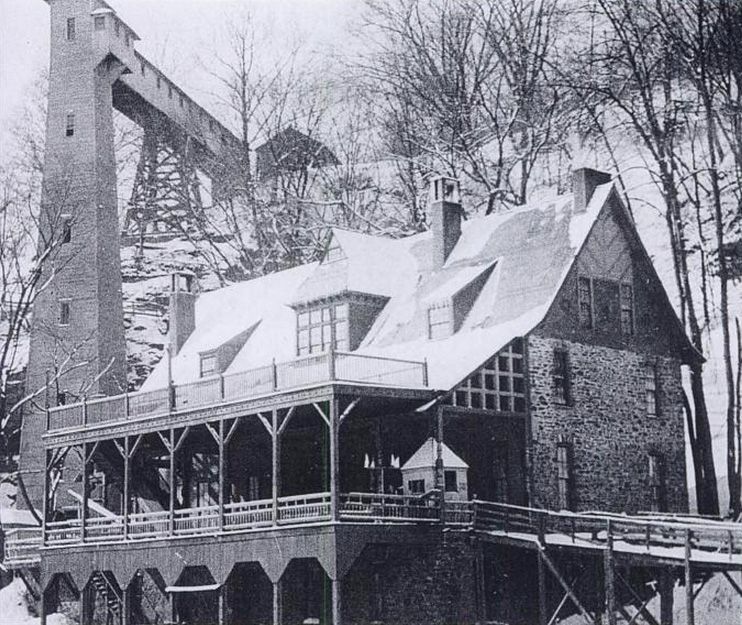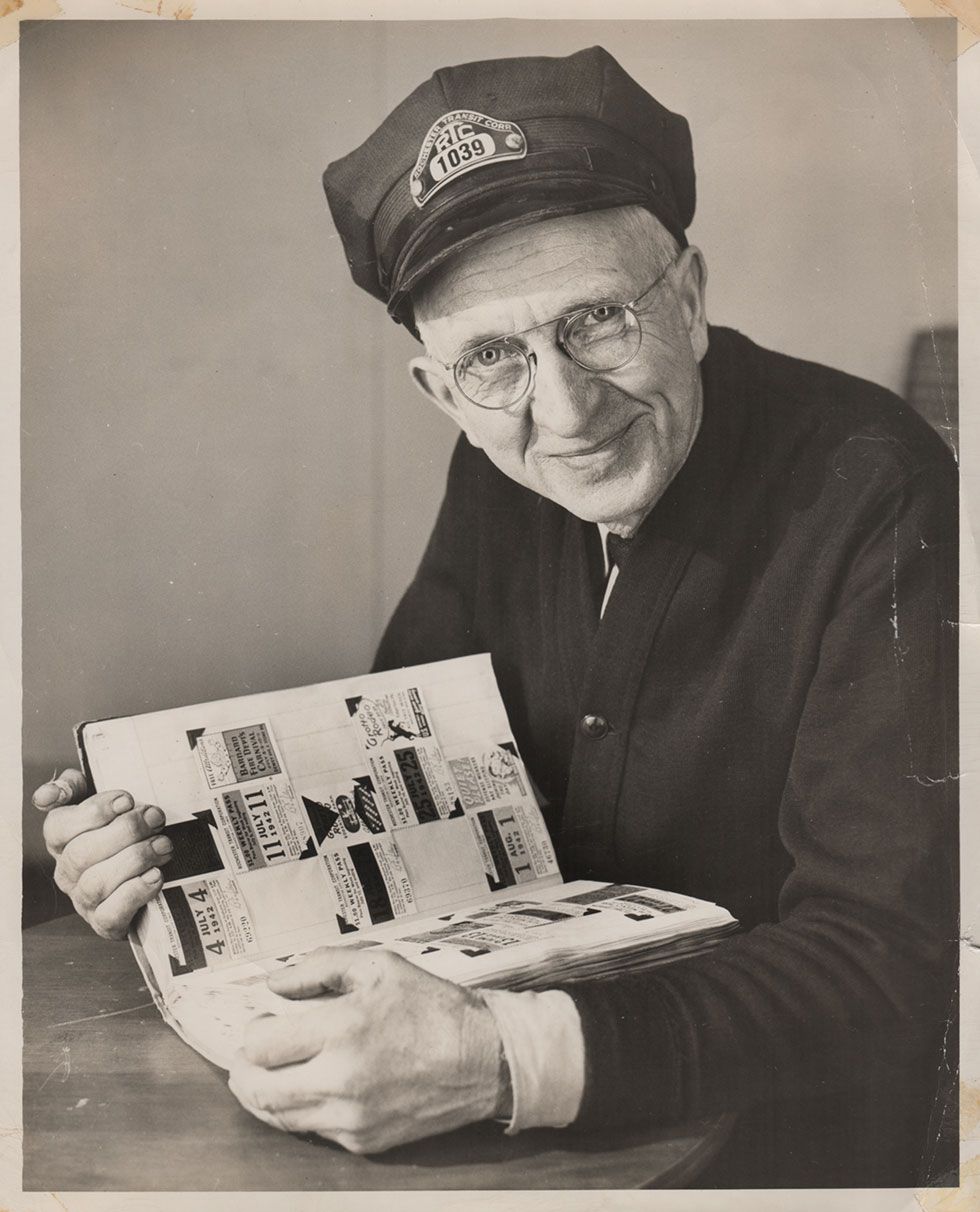This article was scraped from Rochester Subway. This is a blog about Rochester history and urbanism has not been published since 2017. The current owners are now publishing link spam which made me want to preserve this history.. The original article was published April 27, 2015 and can be found here.
![In 1870 Ellwanger & Barry (and other wealthy investors) owned a spot along the west bank of the Genesee River gorge known as Maple Grove. At the time, the Lake Avenue streetcar line stretched all the way to this point, and in an effort to stimulate traffic on the trolley line, they had built Rochester's first water-side resort; the Glen House. [PHOTO: 'Rochester's Lakeside Resorts and Amusement Parks' by Donovan Schilling]](https://senseofplace.dev/content/images/photos/glen-house-rochester-ny-01.jpg)
In 1870 Ellwanger & Barry (and other wealthy investors) owned a spot along the west bank of the Genesee River gorge known as Maple Grove. At the time, the Lake Avenue streetcar line stretched all the way to this point, and in an effort to stimulate traffic on the trolley line, they had built Rochester's first water-side resort; the Glen House...
![The old Glen House on the west bank of the Genesee River. It was built in 1870 at the site of the furthest reach of the trolley car line on Lake Avenue (in the vicinity of present day Maplewood Park). [PHOTO: Rochester Public Library]](https://senseofplace.dev/content/images/photos/glen-house-rochester-ny-02.jpg)
Located directly below Maple Grove (now Maplewood Park

), standing between the river gorge cliff and the riverbank, the Glen House was a fine restaurant with scenic views of the Genesee River and quickly became a favorite spot for dining and dancing.
![A view of the Genesee River, looking south towards the Glen House, a resort just north of the Lower Falls. The elevator shown was used to carry Glen House patrons to and from the top of the river gorge. [PHOTO: Rochester Public Library]](https://senseofplace.dev/content/images/photos/glen-house-rochester-ny-08.jpg)
Here's a view looking south along the Genesee towards the Glen House. Mist from the Lower Falls can be seen in the background.
![The Glen House, seen from river level, looking west. The scene shows a paddle wheel steam boat, the City of Rochester. A rowboat and men are along the bank of the river. [PHOTO: Rochester Public Library]](https://senseofplace.dev/content/images/photos/glen-house-rochester-ny-03.jpg)
From 1870 to 1890 this was a major recreation spot for Rochesterians who were growing wealthier thanks to the growth of Eastman Kodak and the development of Kodak Park

.
![The Glen House stood between the river gorge cliff and the riverbank. When it was built in 1870, patrons had to reach it down approximately 150 steps. The tower and elevator were built in 1878. c.1878-1894. [PHOTO: Albert R. Stone]](https://senseofplace.dev/content/images/photos/glen-house-rochester-ny-12.jpg)
When it was built in 1870, patrons had to reach it down approximately 150 steps. In 1878 a hydraulic elevator (the structure to the left) was added for easier access. A.J. Warner is believed to be the building's architect.
![A stereoscopic view from the porch at the Glen House. c.1892. [PHOTO: New York Public Library]](https://senseofplace.dev/content/images/photos/glen-house-rochester-ny-14.gif)
The restaurant had long sloping roofs and broad porches. Here's a simulation of a stereoscopic view (above) that gives us a pretty good feel for the space.
![A view of the Glen House and its elevator along the banks of the Genesee River. In the foreground is a man in a straw hat seated by a rowboat. [PHOTO: Rochester Public Library]](https://senseofplace.dev/content/images/photos/glen-house-rochester-ny-04.jpg)
People would hike, view the falls, dine, dance, attend concerts, rent boats, fish and take excursion boats to Lake Ontario.
![A view of the Genesee River, looking south towards Driving Park Avenue Bridge and the Lower Falls. A large boat is docked at the Glen House on the right. [PHOTO: Rochester Public Library]](https://senseofplace.dev/content/images/photos/glen-house-rochester-ny-07.jpg)
Glen House was also an excellent spot for a leisurely dinner after a day of racing at nearby Driving Park race track. Popular menu choices included pheasant in casserole and roasted wild duck.
![Passengers wait to board the City of Rochester steamboat at the Glen House resort boat landing. Looking down lower falls. The steamer leaves here for the mouth of river and Lake Ontario about 5 miles north. Sometimes it travels as far as Seabreeze. c.1886-1889. [PHOTO: Rochester Public Library]](https://senseofplace.dev/content/images/photos/glen-house-rochester-ny-09.jpg)
Many excursion steamers traveled up the Genesee, picking up and dropping off passengers at the Glen House. In the photo above, passengers wait to board the "City of Rochester" steamboat at the boat landing. The steamer leaves here for the mouth of river and Lake Ontario about 5 miles north - sometimes traveling as far as Seabreeze

.
![The 'Sylvan Stream' sidewheeler steamboat, seen in the harbor at Charlotte. It was owned by the Rochester and Lake Ontario Steamboat Company, and made daily summer trips between the Glen House and Charlotte. It could carry 800 passengers. c.1886-1894. [PHOTO: Rochester Public Library]](https://senseofplace.dev/content/images/photos/glen-house-rochester-ny-10.jpg)
The "Sylvan Stream" sidewheeler steamboat, owned by the Rochester and Lake Ontario Steamboat Company, made daily summer trips between the Glen House and Charlotte.
![A side view of the 'Sylvan Stream', a sidewheeler steamboat owned by the Rochester and Lake Ontario Steamboat Company. It made daily summer trips between the Glen House and Charlotte. It could carry 800 passengers. c.1886-1894. [PHOTO: Rochester Public Library]](https://senseofplace.dev/content/images/photos/glen-house-rochester-ny-11.jpg)
Sylvan Stream could carry 800 passengers.
![In 1889 when electric trolley service began carrying passengers all the way north to Ontario Beach Park, the popularity of the Glen House declined. [PHOTO: Rochester Public Library]](https://senseofplace.dev/content/images/photos/glen-house-rochester-ny-06.jpg)
In 1889 when electric trolley service began carrying passengers all the way north to Ontario Beach Park

, the popularity of the Glen House declined.
![The ruins of the Glen House on the banks of the Genesee River, destroyed by fire May 4, 1894. Two photographs have been taped together to give a panoramic view. [PHOTO: Rochester Public Library]](https://senseofplace.dev/content/images/photos/glen-house-rochester-ny-05.jpg)
Fire destroyed the Glen House in 1894 and in 1900 the site was cleared.
![A stone wall with window openings, surrounded by brushy woods - the ruins of the old Glen House, near the Driving Park Bridge. [PHOTO: Albert R. Stone]](https://senseofplace.dev/content/images/photos/glen-house-rochester-ny-13.jpg)
In 1904 Maple Grove and the Glen House property became part of the Rochester park system.
![Ruins of an old park pavilion. These are not from the Glen House elevator. [PHOTO: Paige Doerner, paigedoerner.wordpress.com]](https://senseofplace.dev/content/images/photos/glen-house-rochester-ny-15.jpg)
UPDATE: At the top of the gorge--near where the sign for Kelsey's Landing

are ruins of an old park pavilion. These are NOT part of the Glen House elevator as previously stated. Thanks to those who left comments. * * *


